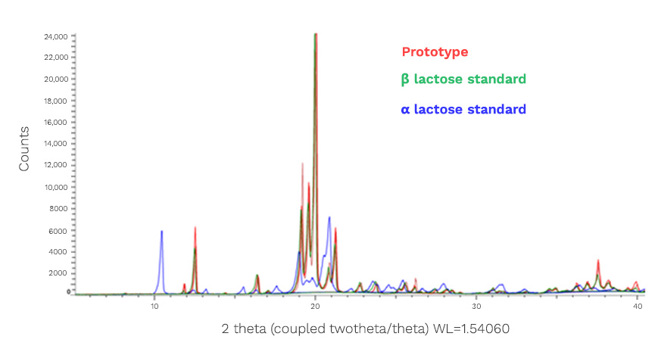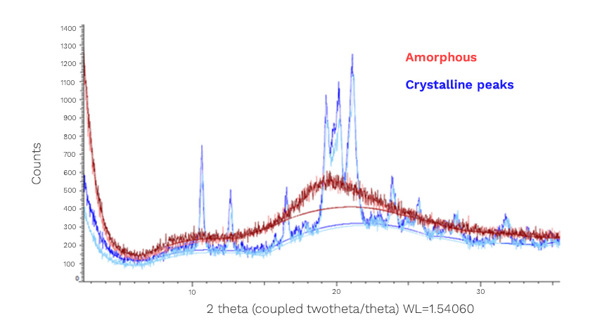Background
Recognising that changes in crystallisation during shelf life can create unacceptable textures, our client identified the need to investigate the behaviour of various confectionery products including soft jellies, cookies and hard candy.
Controlling the crystallisation of certain ingredients, such as sucrose, lactose and starch, from initial processing to the end of shelf life is essential because it directly impacts product texture – and consequently product quality. The same defined characteristics need to be maintained no matter when the product is consumed. But a number of different factors can create problems along the way.
Temperature fluctuations during storage, for example, may cause recrystallisation and lead to a gritty or harder than expected product texture.





